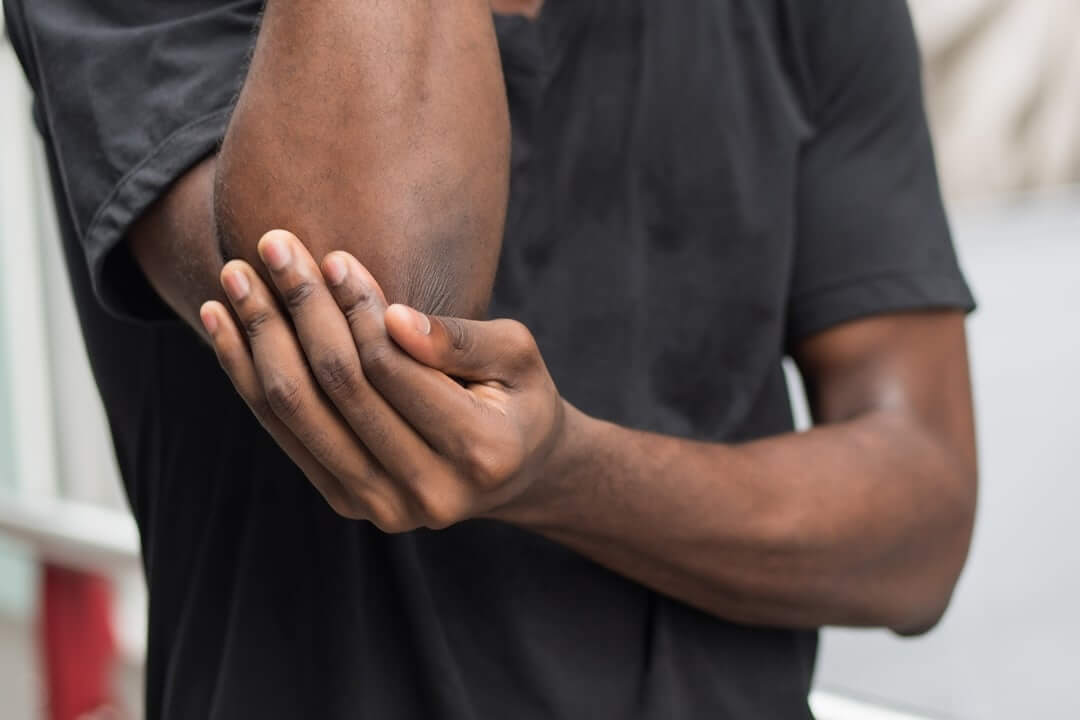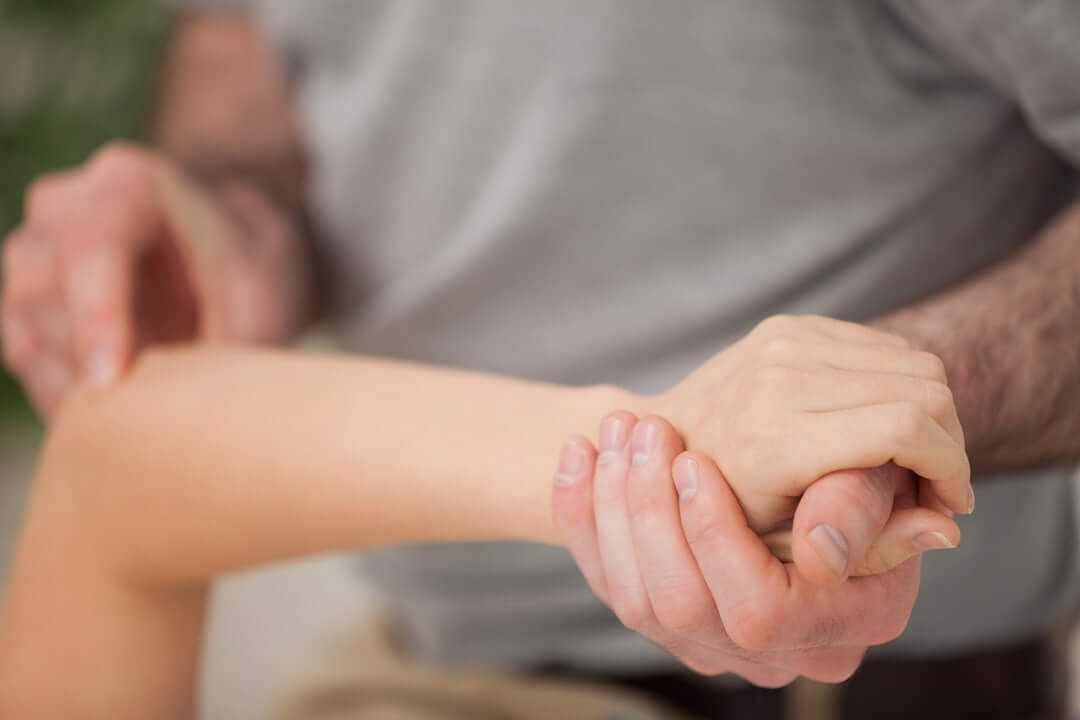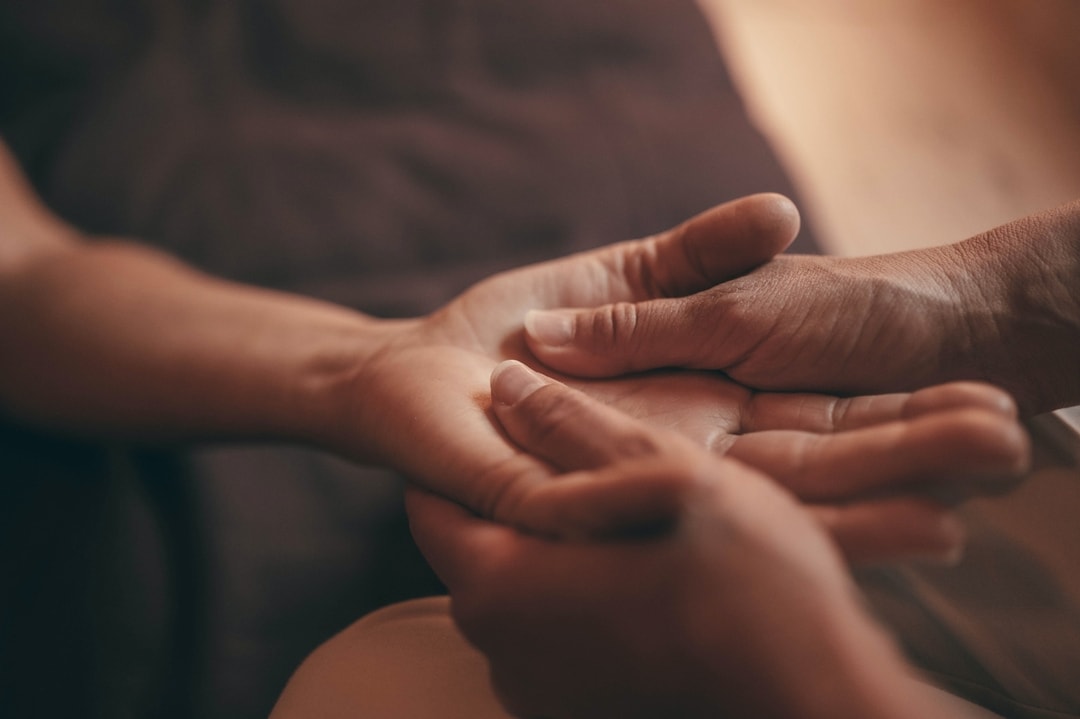Wrist instability arises from abnormal wrist movement, often linked to ligament injuries. This article dives into its anatomy, symptoms, and the major ligaments involved, offering a comprehensive understanding of the condition.
6 min read 7 Jul 2023
What is Wrist Instability?
Wrist instability is a condition where the wrist experiences abnormal movement, often resulting from an injury to specific ligaments that leads to the misalignment of bones. The primary ligaments typically involved are the scapholunate (SL) ligament and the triangular fibrocartilage complex (TFCC). When these ligaments are damaged, they disrupt the standard mechanics of the wrist, impacting regular hand functions.
Symptoms of Wrist Instability
Common symptoms of wrist instability may include:
Over time, these symptoms may escalate, leading to more severe pain and reduced wrist functionality. Left untreated, complete rupture of the wrist ligaments could result in wrist arthritis.
Understanding Wrist Anatomy
There are eight carpal bones in your wrist, accompanied by the scapholunate ligament and the triangular fibrocartilage complex. These components are essential for maintaining wrist stability, enabling you to lift and use your hand for a multitude of tasks.
The Scapholunate Wrist Ligament
The scapholunate wrist ligament, a crucial component of the wrist anatomy, is characterised by its relative thickness and continuity, running the full length of the wrist from anterior to posterior. Occupying a central position between the scaphoid and lunate bones, it is of vital importance due to the scaphoid’s central role as the fulcrum, the point around which wrist movement occurs.
By directing the movement of the other wrist bones, this ligament facilitates a variety of tasks that the wrist is capable of performing. A key function of the scapholunate wrist ligament is to allow rotation of the scaphoid, which in turn allows the wrist to reach full extension.
However, injury or disruption of the scapholunate ligament interferes with this important function. Such damage prevents the wrist from reaching full extension and causes severe pain when pressure is applied through an extended wrist, as is often the case when using the hands to push up from a sitting position.
As well as facilitating movement, the scapholunate wrist ligament plays an important role in providing stability to the wrist, particularly when lifting heavy objects. It maintains the stability of the wrist by facilitating the transmission of forces from the large radial bone through the wrist, thereby contributing significantly to the radial stabilisation of the wrist.
The Triangular Fibrocartilage Complex (TFCC)
Located on the side of the wrist closest to the ulna, the Triangular Fibrocartilage Complex (TFCC) is particularly influential when performing rotational movements. This could include turning a steering wheel or opening a door, actions where the presence of the TFCC is clearly felt.
The TFCC is a multi-component structure consisting of the meniscus homologue, the palmar and dorsal radioulnar ligaments, the ulnar capsule, the subcutaneous sheath of the extensor carpi ulnaris (ECU) tendon, the distal radioulnar joint (DRUJ) and the ulnocarpal joint.
The TFCC is primarily susceptible to injury from twisting movements and often coincides with incidents involving high mechanical forces. If the TFCC is damaged, symptoms may include a feeling of instability in the wrist, as if it’s going to give way, or pain on rotation. As a key contributor to the stability of the ulna within the wrist, any damage to this complex can have a significant impact on the overall functionality and stability of the wrist.
Identifying Wrist Ligament Injuries
Wrist ligament injuries can occur due to strong forces, chronic loading, or repetitive forceful gripping. Damage to these ligaments can cause wrist instability and proprioception loss – the ability to perceive the position and movement of the body.
Experiencing an Injured Ligament
Symptoms of a damaged wrist ligament might include the wrist ‘giving way,’ difficulty in lifting objects, pain over the dorsum of the wrist, and discomfort with weight-bearing or rotational activities.
How to Diagnose a TFCC Ligament Injury
Diagnosing a TFCC injury involves considering the injury mechanism, pinpointing pain over the Fovea of the ulna, inability to put weight through an extended wrist or twist the wrist, and a positive TFCC stress and approximation test. Strength testing is also necessary, with a significant reduction in strength in the supinated position indicating a possible injury.
Handling Wrist Instabilities
Wrist instabilities are complex, and their rehabilitation requires a comprehensive approach. Initially, a hand therapist may splint or tape your wrist, incorporating measures into your therapy program to address pain, swelling, instability, and proprioception loss. For the best results, it’s crucial to adhere to a home exercise program.
Supporting the TFCC
Several options can support the structures of the TFCC, including the use of the following:
Outline of Our Therapy Program
The therapy program at The Hands Physio is designed around several key elements intended to help with recovery and rehabilitation. Here’s an overview of the program’s components:
Returning to Sport and Other Activities
Recovering from a TFCC injury can take a significant amount of time. If there is no healing progress after three weeks, further investigations such as an MRI and referral to a hand surgeon may be necessary. Generally, a return to sport is recommended around six weeks, with modifications to activities at the gym to reduce force through the wrist.
At The Hands Physio, we’ve achieved very successful results treating wrist instability. Our focus is on restoring wrist stability and proprioception, enabling your hand to function normally again.

Acute pain is when the body is working to heal structural tissue damage. Everything is done to ensure structural and mechanical integrity if maximised of the injured tissues.

Most wounds recover in the repair phase of healing. Our therapists look after your wounds by providing dressings that are applied with a sterile technique to avoid infection.

Joint mobilisation involves moving the joint back and forth in small oscillating movements further and further into range to restore the joints normal movement.

Massage helps to improve blood supply to the injured area, helping you recover faster.

Exercise is the body’s natural way of restoration to improve stability, mechanics, strength and movement to an injury. Whether the injury is from overuse, trauma, disease or surgery exercises are necessary to restore function.

Stretching is extremely beneficial for our joints, muscles and tendons. Not only do they help prepare your body work/exercises they ensure you are working at your optimum energy efficiency.